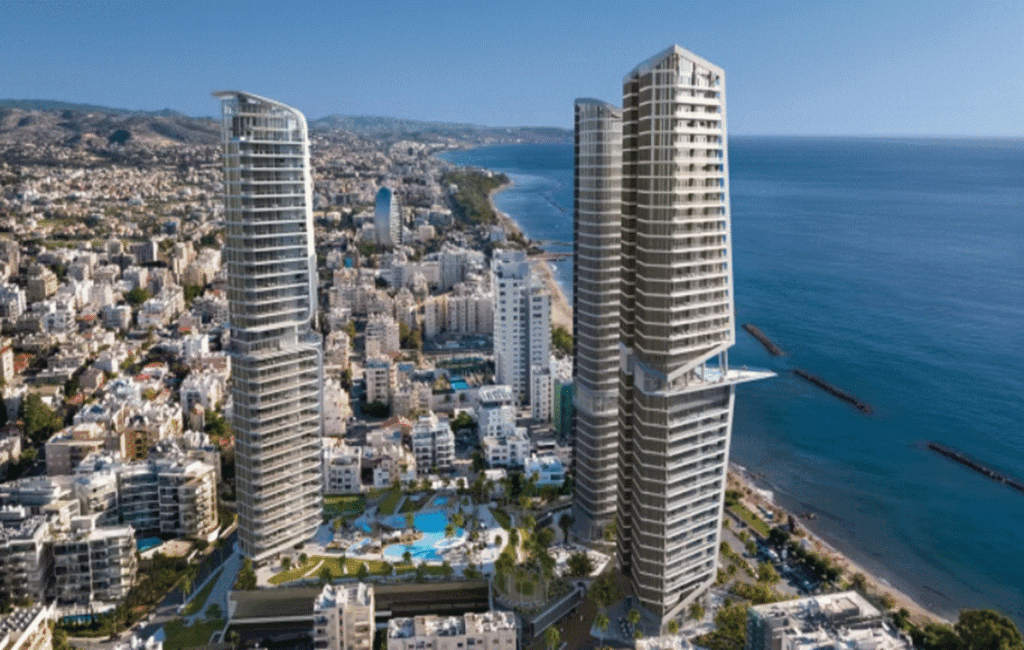A BRIEF HISTORY OF LIMASSOL
A LONG HISTORY
Cyprus has always been strategically and commercially important and various civilizations throughout history have sought to control the island because of this. The history of Limassol reflects this and has a rich and quite remarkable story that dates back thousands of years. Various nations have ruled island and a number of different European and Middle Eastern civilizations have inhabited the Limassol region over the ages. All have contributed and moulded the city’s history, but as with all of Cyprus, Limassol has always managed to maintain its Hellenism.


PALEOLITHIC HUNTER GATHERERS
The history of Limassol stretches back for thousands of years. Evidence has revealed that Paleolithic hunter-gatherers were active in the Limassol area as early as the 12th century BC. The establishment of the first permanent settlement in the Limassol area was in the Neolithic period and the first recorded permanent city was the ancient city of Amathus. The ruins of Amathus can be found today on the eastern coast of today’s city and contributes greatly to the history of the whole Limassol region.

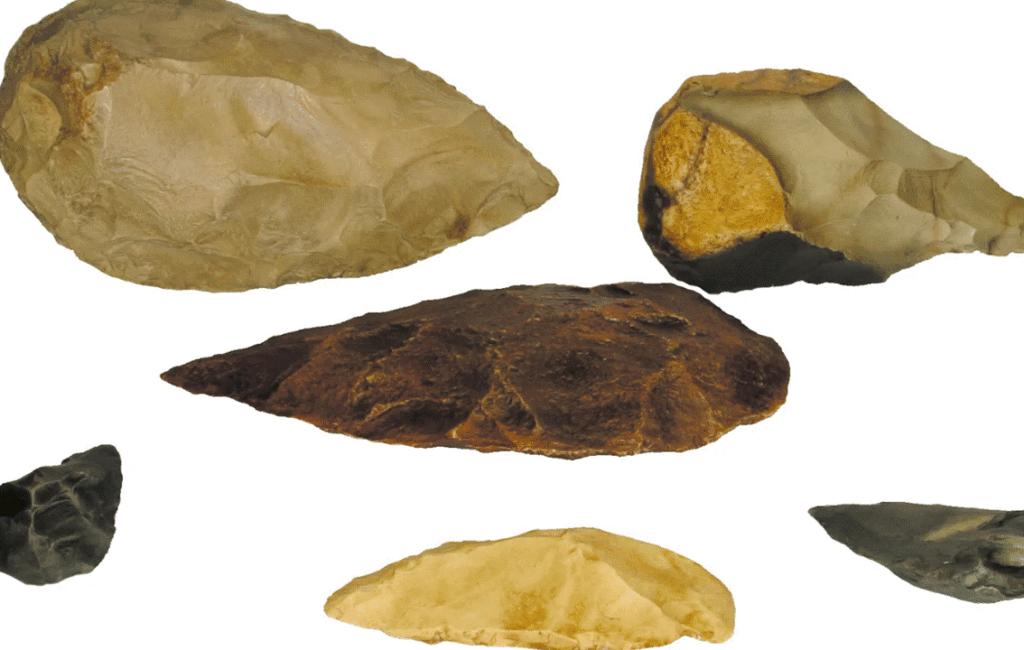
THE ANCIENT CITY OF AMATHUS
Greek soldiers returning from the Troy, settled in Cyprus after the war. Some of the generals still controlled small armies and this helped them form the twelve ancient kingdoms of Cyprus. Amathus was one such kingdom and is the first recorded settlement in the area. The history of Limassol as we know it today, begun there however, there is evidence that the area was populated before this. Excavations from Amathus has revealed Greek Euboean pottery dating back as far as the 10th century BC, as well as graves that date back to the 8th century BC. Built on coastal cliffs, Amathus had a natural harbour and remained one of the ancient royal cities of Cyprus until about 300 BC. The ancient city boasted a grand palace and its port served as a vibrant trading hub between the Greeks and the Levantines. Amathus became a rich agricultural and densely populated kingdom and the ancient city included an acropolis, a temple dedicated to the goddess Aphrodite, an agora, city’s walls, a basilica and of course the port. Amathus also attracted Greek settlers, who arrived on the island in droves in peace time to mine the island’s much sought copper. The Greek word for copper eventually gave Cyprus its name. The port at Amathus would have attracted both miners and merchant shipping and many of them would have settled in Amathus permanently.


THE ROMANS
Roman rule lasted seven centuries and they are major contributers to the history of the whole Limassol region. The Romans loosely kept in place the twelve kingdoms of Cyprus, but administered them within four administrative regions. The city of Amathus became the capital of one of the four administrative regions of Cyprus under Roman rule. A Roman temple replaced the Hellenistic Aphrodite temple and Amathus under Rome, featured as a major eastern Mediterranean trading centre. The port of Amathus traded mainly Cypriot copper from the nearby kalavasos mines.


NEAPOLIS TO LIMASSOL
The city of Amathus prospered further under Byzantine rule, which lasted nearly seven centuries. The city expanded westward, and this led to the formation of two new notable settlements. The first is todays village of Ayios Tychonas. Formed north-west of the city of Amathus, Ayios Tychonas adopted the name of its main founder, the bishop Saint Tychon of Amathus. The site of todays ruins of Amathus lie within the borders of the village. Another new settlement just west of Amathus, called Neapolis was also established. Neapolis was further inland and is modern day Limassol’s first incarnation. Neapolis Later became known as Nemesos and then Lemesos and eventually Limassol. During the medieval period, Limassol overtook Amathus as the premier port city on Cyprus’s southern coast. The port of Limassol has served as a main hub for trade between Europe and the Middle East ever since. Limassol at this time also became a centre of culture and learning. A number of scholars and artists from Europe and the Middle East settled there. In the early part of the twelfth century, Cyprus came under the control of a local Byzantine despot named, Isaac Komnenos. The new ruler broke away from the Byzantine Empire and declared himself a self-styled emperor. The now independant Cyprus loosely held ties with the Byzantine Empire, but lost its protection.

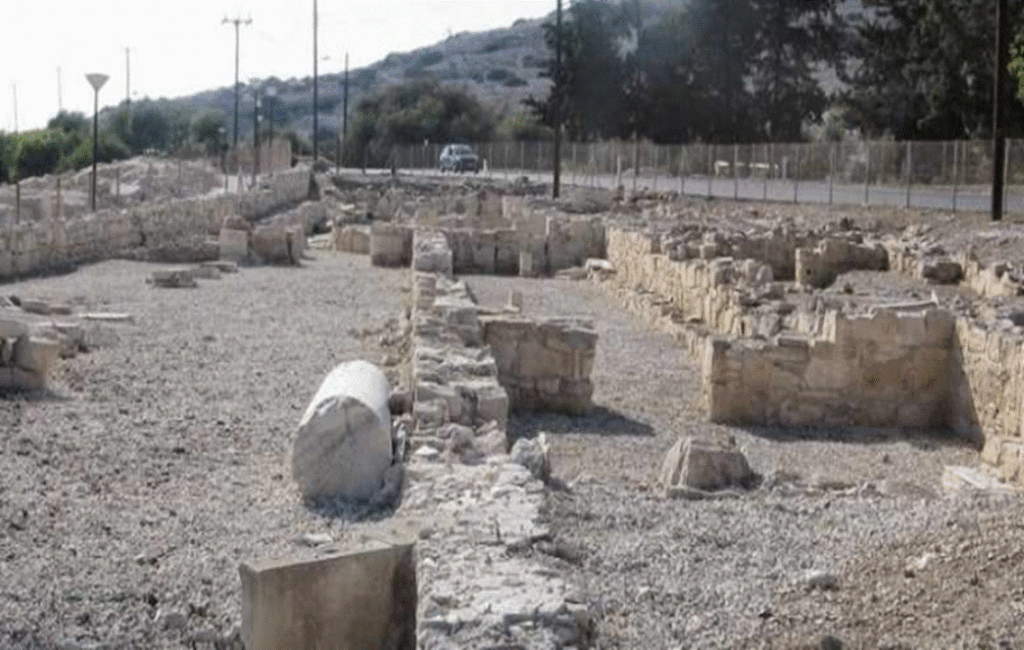
RICHARD THE LIONHEART
Richard the Lionheart, on his way to the third crusade sought refuge in Limassol after a storm forced his fleet towards Limassol’s coast. The Lionheart lost ships and much of his army washed up on the shores of Limassol. Komnenos forces plundered treasure from the shipwrecks and took a number of the Lionheart’s fleet prisoner. The ship carrying Richard’s fiancée, Berengaria of Navarre, had taken shelter from the storm in the port of Limassol, but Komnenos did not allow the passengers to disembark. Komnenos blockaded the ships in the port, effectively keeping them as hostages. The Lionheart’s ship however, landed on the coast of Limassol unopposed and he immediately demanded that Komnenos release his men and his ships. Diplomacy having failed, the Lionheart set about forcing Komnenos hand. Richard the Lionheart set about besieging Limassol and quickly captured the whole region. This forced Komnenos and his forces to flee to other parts of the island. Richard after freeing his men and ships ordered his far superior forces to take control of the entire island and the Lionheart waged a brutal war on all who resisted. The city of Amathus openly revolted against the crusaders and an enraged Lionheart decided to make an example of the city. He ordered his crusaders to lay a complete waste to the city of Amathus and after its complete destruction, the whole city was pludered. The tombs of Amathus were also pillaged and the stones from the edifices were brought to Limassol to be used for new construction projects and the refugees not sold into slavery, resettled in Limassol thereafter. Meanwhile Komnenos and his diminishing forces remained at large with the Lionhearts crusader army constantly pursuing them. The crusaders eventually captured Komnenos banner and hunted down and destroyed the remnants of his Byzantine army. Komnenos and his remaining forces fled to Nicosia, and the stage was set for the final showdown, when the Lionheart’s army marched on to Komnenos last stronghold. After a brief siege, the Lionheart accepted Komnenos surrender and with this, Byzantine dominion on the island came to an abrupt end. The Lionheart would go on to spend the rest of the year on the island, celebrating his marriage with Berengaria of Navarre, who was crowned queen consort of England in the Limassol castle before, finally embarking on his crusade.
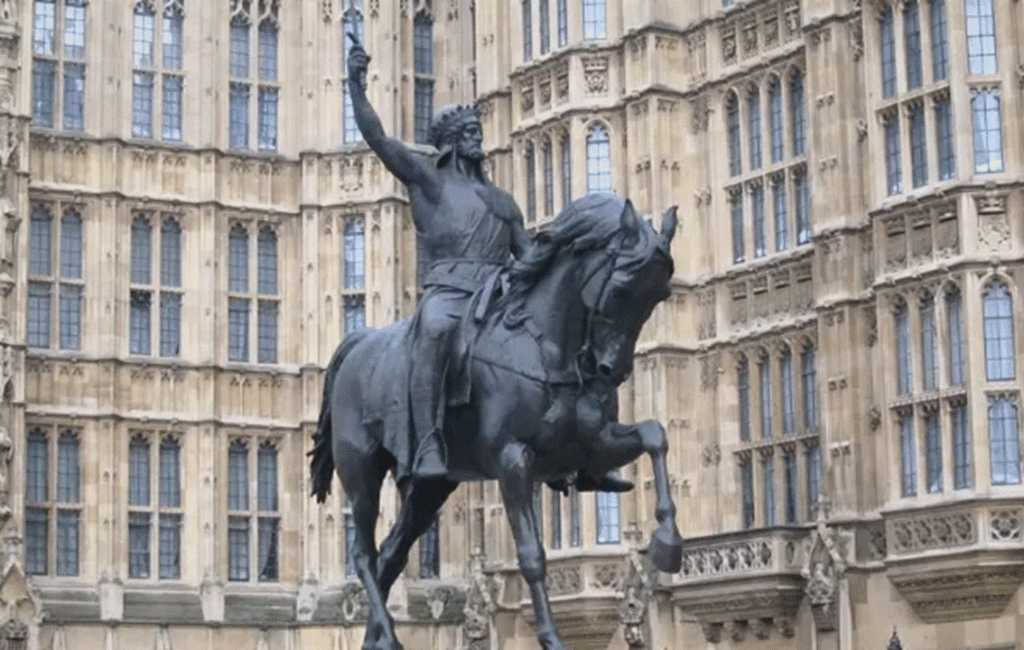
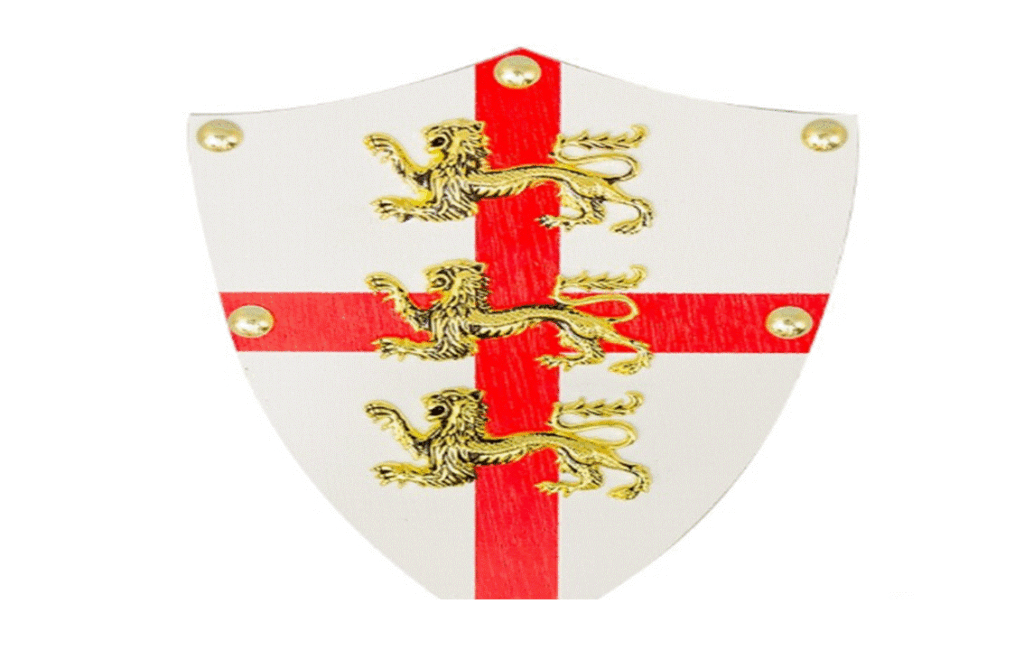
THE ANGLO-NORMANS
The Anglo-Normans rule was very short, but in this short time they not only contributed greatly to the history of Limassol, but also left a lasting legacy all over the island. The Anglo-Normans transferred all administrative duties from Nicosia to Limassol and introduced a new feudal system. This meant that the whole of Cyprus had became a feudal kingdom. The Anglo-Normans ruled with an iron fist and their troops plundered most of the island’s wealth. Their administration also imposed heavy taxes on the general population to help fund their eagerly amticipated crusade. Cypriots often rebelled, but each uprising was crushed and their leaders were often publicly executed. The Lionheart eventually sold Cyprus to the Knights Templar before setting off to his crusade a year after his conquest of the island and this marked the end of the short Anglo-Norman rule in Cyprus.


THE KNIGHTS TEMPLAR
The Knights Templar set up their administrative headquarters east of Limassol in Kolossi and used the imposing fort as their main base of operations. They kept the Anglo-Norman’s feudal system in place and this allowed them to continue to enforce extremely high taxes on the populace. The Knights Templar numbers on the island were fewer than than the Anglo-Normans and the Cypriots took advantage of this by increasing their rebellious campaigns, striking in multiple locations all at the same time. This tactic led to whole situation soon becaming unmanageable for the Templars and after heavy losses, they passed on the island to Guy de Lusignan. The Franks had just lost the city of Jerusalem to the forces of Saladin and they saw Cyprus as an ideal place to settle after their defeat. The Franks arrival on the island marked the end of the short reign of the Knights Templar and ushered a new Frankish dynasty that would last close to three centuries.

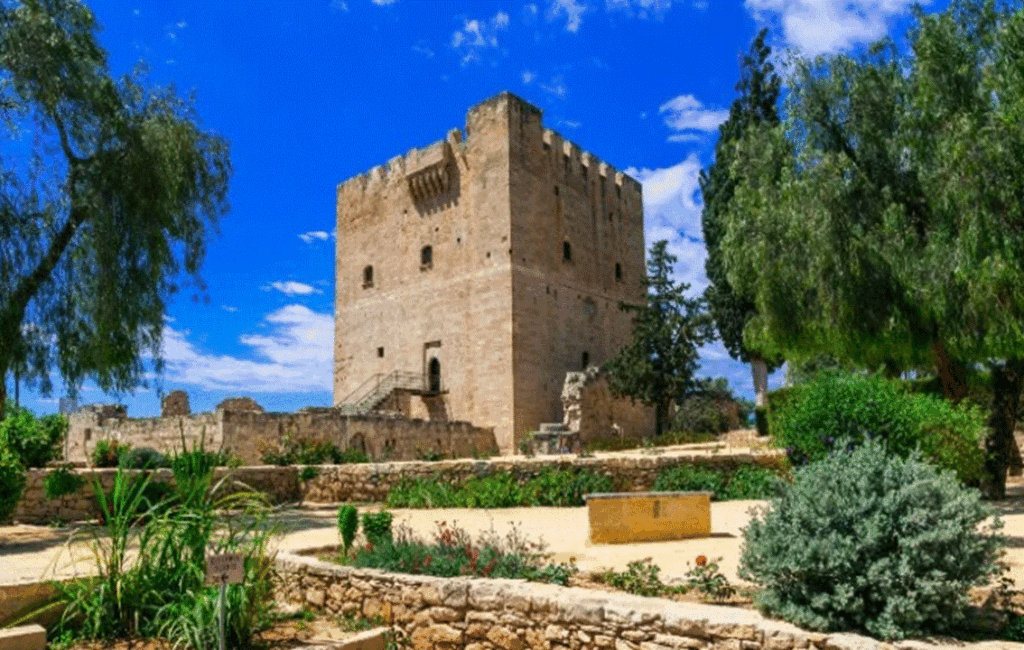
THE FRANKS
The Franks moved all administrative activity inland back to Nicosia, but Limassol still enjoyed remarkable prosperity under Frankish rule. The Franks kept the feudal system in place, but they administered it with a much fairer tax system. All rebellions halted almost immediately and the Cypriots embraced the tolorent Frankish rule. Cyprus by this time was exporting high quality sugar, excellent wine and a whole host of other fine agricultural products and all of these, as well as the islands weaving and lace industries and its glazed ceramic ware were being exported through Limassol’s port. The Catholic church had replaced the Greek Orthodox church as the island’s main religion and the Franks introduced a number of new Latin monasteries across the whole island. The latter part of the 15th century however, saw the Franks find themselves in a weakened state. Both this, as well as extreme economic issues led to the Republic of Venice aquiring the isand ending Frankish rule.


THE REPUBLIC OF VENICE
The Republic of Venice was a very powerful seafaring trading empire that had begun expanding into the Eastern Mediterranean. The Venetians had been trading with Cyprus for centuries and they saw the island not only as a trading partner, but also as an ideal military base. They wanted overall control of Cyprus, and they took full advantage of the ever-weakening Franks. The opportunity for the Venetians to take control soon presented itself, and they became the new rulers of Cyprus in the latter part of the 15th century. The Ottomans were another expansionist emerging power from the east and they had already conquered Greece by this time. The Republic of Venice sought to protect their newly aquired territory and they set about preparing for the inevitable confrontation with the Ottoman Turks. They undertook an ambitious plan of fortification and maintained a heavy military presence on the island. Venetian military architects went about strengthening Limassol’s defences and they reinforced both the Castle and its walls. The Cypriots of Limassol regularly fought off Ottoman raiding parties along side the Venetians, and this successfully went on for nearly 100 years. Their fortunes changed however, when a huge Turkish fleet attacked and destroyed Limassol and its castle as a precursor to a full-scale invasion nearly 90 years later. Over 60,000 highly skilled Ottoman troops, including cavalry and artillery units, landed unopposed on the coast of Limassol and they would go on to conquer the whole island within the coming year. This conflict sets the historical setting for Shakespeare’s Othello, which portrays the story of the play’s title character commanding a Venetian garrison defending Cyprus against the Ottomans.


THE OTTOMANS
The Ottomans took control of Cyprus In the latter part of the 16th century and ruled for just over three centuries. Limassol and its economy suffered because of the declining trade with Europe, but benefited from an Ottoman building program. This saw the installation of the grand mosque of Limassol and the Ottomans rebuilt the castle, which was now in a dilapidated state. The Archbishop, who headed the Greek Orthodox Church, was recognised as the sole representative of the Greek Cypriot population. His institution was allowed to continue practicing its religion as long as his clergy collected taxes on behalf of the Ottomans. Greece eventually led an organised armed resistance against Ottoman rule in Greece, and this led to severe reprisals in Cyprus. The Ottoman authorities went on to execute thousands of Greek Cypriots in Limassol.


THE BRITISH EMPIRE
The protection of British interests in the the Suez Canal highlighted Cyprus’s strategic importance in the late 19th century. This led to the British seeking an agreement, regarding Cyprus with the Ottoman Empire who were waging a war wit hrussia at the time. An agreement was reached and the Ottomans granted the British Empire administration rights over the island in exchange for support against the Russians. This effectively ended Ottoman rule over the island and Cyprus became a British colony. Cyprus began to flourish again and Limassol began to grow and develop again. The city was restored to its former glory and once again became a major centre of trade and commerce. Limassol began producing textiles and also began a new shipbuilding program. The British also initiated a new buildings program, and they repaired and built a number of new roads and expanded the port of Limassol. They also introduced the first proper postal service, a telegraph office and they installed a proper hospital. They also introduced the first printing press and introduced the first road vehicles to the island. The city of Limassol continued its growth and at the end of the 19th century, the very first hotels began to operate.


THE STRUGGLE FOR INDEPENDENCE
Post World War 2 saw the seeds of freedom and self determination firmly sewn into the Cypriot psyche and an armed struggle against British rule began. EOKA, a Greek Cypriot nationalist military resistance organisation, led the struggle under the leadership of General George Grivas. This brought violence and curfew to the streets of Limassol. The struggle would last for five years until Cyprus gained its freedom and independence.


A NEW REPUBLIC
Cyprus gained independence from British rule and formed an independent presidential republic in 1960. The agreement reasched meant that the British retained 13% of the island for the use of military bases. The Akrotiri and Episkopi areas in the Limassol region are still British military bases today. The island’s aspirations for freedom and self determination soon turned to turmoil, when inter-communal violence broke out between Greek and Turkish Cypriots. The fledgling republic saw a political dispute erupt and this resulted in Turkish Cypriots withdrawing from the government and creating segregated communities in and around Limassol. This did not alter Limassol’s economic course however, and city leaders continued to develop its coastline to accommodate the emerging tourism industry.


THE TURKISH INVASION
The Turkish invasion of Cyprus in 1974 was precipitated by a coup d’état that saw the legitimate president of the republic ousted. Limassol became divided at this time between supporters of the coup and the republic and tensions remained high throughout the region. The invasion of Cyprus resulted in the occupation of 37% of the island, but Limassol remained intact apart from the exodus of Turkish Cypriot refugees from the Turkish quarters. After the war, Limassol accepted Greek Cypriot refugees from the north in droves that mainly took up residence in the abandoned Turkish quarters.


LIMASSOL TODAY
Today, Limassol is a modern and dynamic city, with a rich history and a vibrant diverse culture. The city’s economy is still driven by trade, but also industry, and tourism. The port remains an important hub for shipping and commerce in the Eastern Mediterranean. Limassol has become a unique off-shore base for international companies and many have chosen to establish their regional headquarters there. Limassol has also become a centre for new online markets stretching from gaming to international trading including Forex.

